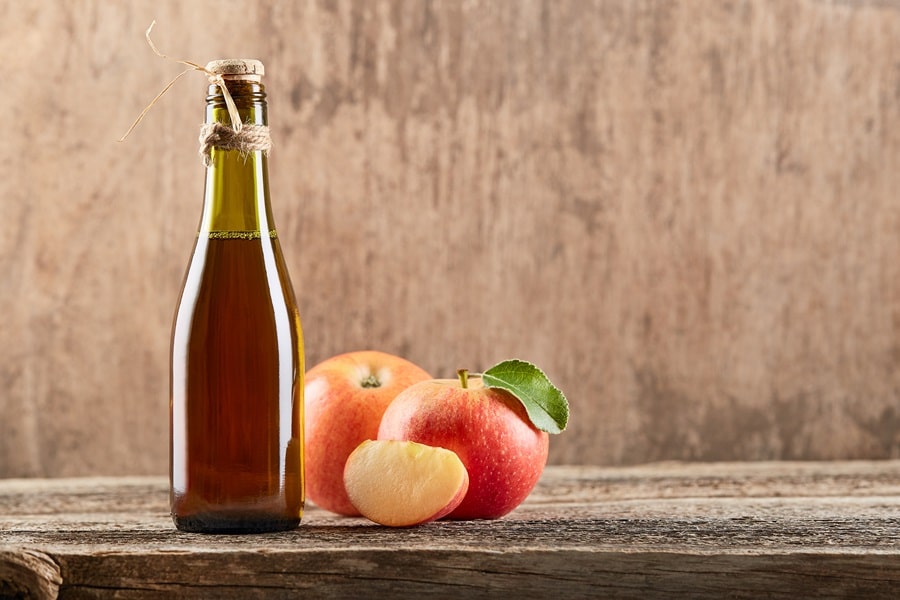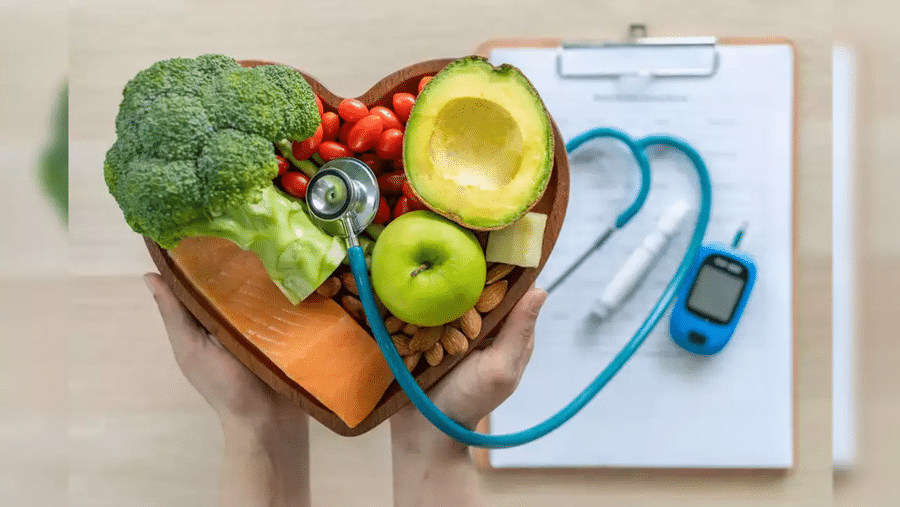Food additives and preservatives have become an integral part of the modern food industry, used to enhance flavor, color, and shelf life. However, despite their ubiquitous presence, they remain a topic of significant debate and confusion. This post aims to unravel the intricacies and truths about food additives and preservatives. It explores their roles, history, and scientific basis, alongside safety considerations, health concerns, common misconceptions, and the organic food debate. Ultimately, this post aims to equip readers with a comprehensive understanding of this critical aspect of the world’s food system, enabling them to make informed dietary choices.
Contents
- 1 The Role Of Food Additives And Preservatives
- 2 Historical Use Of Additives And Preservatives
- 3 The Science Behind Food Additives And Preservatives
- 4 Safety Of Food Additives And Preservatives
- 5 Health Concerns
- 6 Common Misconceptions About Food Additives And Preservatives
- 7 The Organic Food Debate
- 8 Personal Choices And Diet Adjustments
- 9 How To Stay Informed
- 10 Learn To Navigate The World Of Food Additives And Preservatives!
The Role Of Food Additives And Preservatives
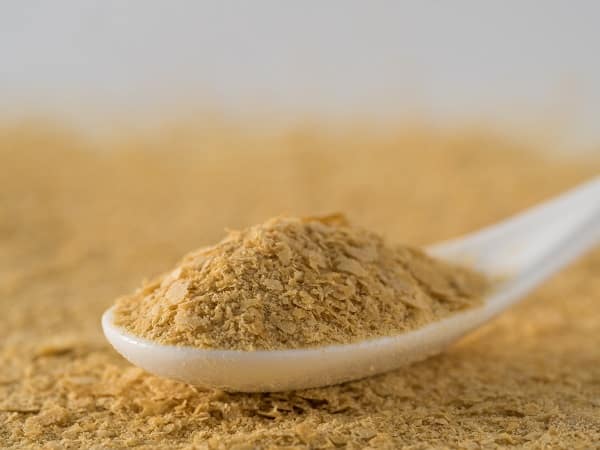
Food additives and preservatives serve numerous roles in the food industry, primarily to increase product shelf life, prevent spoilage, and maintain freshness. By inhibiting the growth of harmful bacteria, molds, or yeasts, preservatives extend the longevity of food, reducing food waste and enabling transport over long distances. Some common examples include sodium benzoate, used in carbonated drinks, and nitrites, used in cured meats.
Additives, on the other hand, aim to enhance the sensory appeal of foods. They are used to improve taste, texture, and appearance. For instance, monosodium glutamate (MSG) is used as a flavor enhancer, while food dyes and colorings are added to make food look more attractive. Emulsifiers and stabilizers help maintain the consistency of sauces and dressings. The prevalence of these substances in our food supply is due to the demands of a fast-paced, convenience-driven society that values long shelf life and sensory appeal.
Historical Use Of Additives And Preservatives

The use of additives and preservatives in food is not a modern invention. Throughout history, humans have used various methods to preserve food. Salt was employed to preserve meat and fish, sugar to preserve fruits, and vinegar for pickles. Alcohol, like wine or brandy, was also used as a preservative. These methods essentially aimed at creating an environment inhospitable for bacterial growth, thus preserving food.
However, the industrial revolution and the advent of mass-produced food drastically changed the landscape. There was an increasing need for substances that could maintain the freshness, appeal, and longevity of food for a longer time and on a larger scale. Consequently, the use of synthetic additives and preservatives increased. The latter half of the 20th century witnessed a significant growth in the variety and use of these substances, leading to the modern context where they are a standard component of many foods.
The Science Behind Food Additives And Preservatives
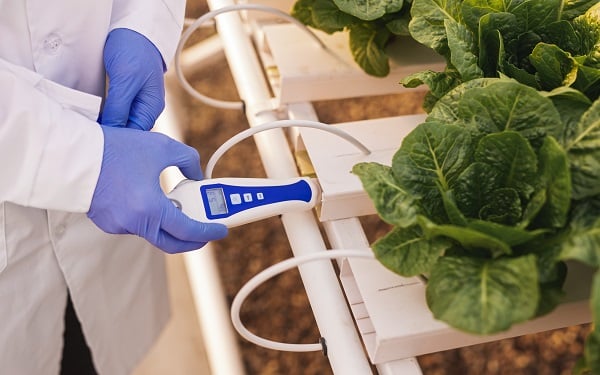
Understanding the science behind food additives and preservatives can help demystify their effects and roles. At their core, food preservatives work by creating an unfavorable environment for microorganisms. This can be achieved through various mechanisms, such as reducing available water, lowering pH, or directly inhibiting microbial growth.
For example, sodium benzoate, a common preservative, becomes active at low pH, inhibiting the growth of molds and yeasts by disrupting their metabolic processes. On the other hand, food additives work by interacting with the food to enhance certain characteristics. For example, emulsifiers like lecithin help mix water and oil, substances that generally do not mix well. This reduces the surface tension between the water and oil molecules, creating a stable mixture.
Similarly, artificial sweeteners like aspartame mimic the structure of sugar molecules, interacting with the taste receptors on your tongue to give a sweet taste without the calories of sugar. The science behind these substances underlines their functionality but also raises questions about their safety and health implications, which will be discussed in the following sections.
Safety Of Food Additives And Preservatives
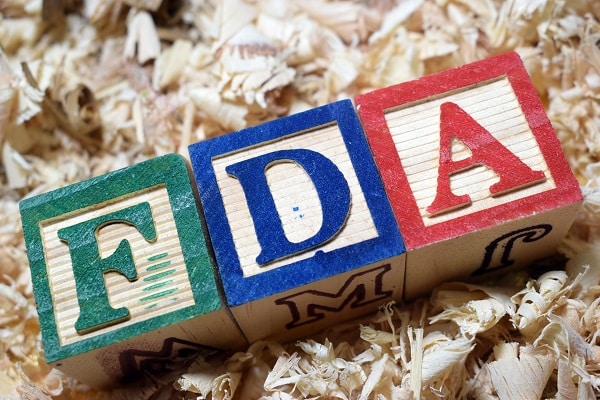
Regulatory bodies worldwide, like the U.S. Food and Drug Administration (FDA) and the European Food Safety Authority (EFSA), are tasked with evaluating the safety of food additives and preservatives. These agencies conduct rigorous testing and research to ensure these substances do not harm human health under the conditions of intended use. The process includes animal studies and human trials, depending on the stage of the investigation, and even after approval, additives are subject to ongoing review.
Despite these rigorous regulations, controversies sometimes arise due to the development of new scientific information. For instance, certain food colorings once considered safe have been linked to hyperactivity in children, leading to changes in their status. Such instances underline the importance of continuous research and regulatory oversight in the field of food additives and preservatives to ensure that the substances you consume in your food are indeed safe.
Health Concerns
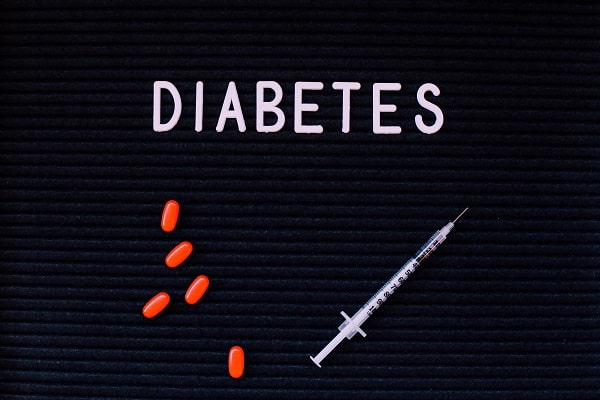
There is ongoing debate regarding the health implications of food additives and preservatives. Certain studies have linked their consumption to a range of health issues, including allergies, cancer, cardiovascular disease, and obesity. For example, nitrates and nitrites, used in processed meats, have been linked to certain types of cancer. Similarly, high consumption of artificial sweeteners has been associated with an increased risk of metabolic disorders, including obesity and type 2 diabetes.
However, it’s essential to remember the scientific mantra that “the dose makes the poison.” Most research indicates that the amounts typically consumed are likely safe for the majority of the population. Yet, some individuals may be more susceptible to the effects of certain additives due to genetic predispositions or other health factors. It’s also important to consider the cumulative effect of multiple additives, which is an area that needs further research.
Common Misconceptions About Food Additives And Preservatives

One common misconception is that all food additives and preservatives are synthetic. However, many natural substances, like salt, vinegar, and certain spices, have preservative properties and have been used for centuries. Conversely, just because an additive or preservative is synthetic doesn’t necessarily mean it’s harmful. Each substance must be evaluated on its safety and health effects, not its source.
Another misunderstanding is the concept of “chemical-free” food. The reality is that all food is composed of chemicals. For instance, a simple apple contains hundreds of different chemicals, including natural sugars, vitamins, and fibers. Labeling food as “chemical-free” is a marketing strategy that can create unnecessary fear around safe and regulated substances used in food production.
The Organic Food Debate

The rise in organic food popularity can largely be attributed to the desire to avoid synthetic additives and preservatives. Organic foods are produced under specific regulations that restrict the use of certain substances, leading many consumers to perceive them as healthier. However, the scientific consensus on whether organic food is nutritionally superior or safer is still mixed.
Furthermore, organic does not mean additive-free. Organic foods can still contain additives, albeit derived from natural sources or produced through specific approved methods. However, it’s worth noting that “natural” doesn’t always equate to “safe.” For instance, some naturally derived substances, such as certain mycotoxins, are harmful. Therefore, while choosing organic can be a personal decision based on various factors, it’s essential to be informed and not just swayed by marketing claims.
Personal Choices And Diet Adjustments

Choosing to limit food additives and preservatives in your diet can be a personal decision based on your health needs and ethical beliefs. You can do this by reading food labels, preparing meals at home, consuming whole foods, and reducing processed food intake. However, remember that not all processed foods are bad, and not all additives and preservatives are harmful.
It’s also essential to consider that convenience and affordability play significant roles in your food choices. Not everyone has the time, skills, or resources to prepare all meals from scratch. Therefore, education about what food labels mean and understanding what level of additives and preservatives are acceptable can help individuals make informed dietary choices that align with their lifestyle, budget, and health needs.
How To Stay Informed

In an age of information overload, staying informed about food additives and preservatives can seem challenging. Reliable sources of information include government health departments, reputable health organizations, and peer-reviewed scientific publications. Understanding the science behind food additives and preservatives can also make it easier to interpret new studies and claims.
Remember that sensational headlines and miracle cures often don’t tell the whole story. Be skeptical of sources that make blanket statements or sell products based on their information. Finally, consulting with healthcare professionals, such as dietitians, can provide personalized advice that takes into account your specific dietary needs and health conditions.
Navigating the complex world of food additives and preservatives is no easy task, but being informed is the first step towards making mindful dietary choices. While these substances play vital roles in the modern food industry, understanding their benefits, risks, and the ongoing debates surrounding them can help consumers make decisions that align with their health goals and ethical beliefs. As science continues to evolve and consumer preferences change, it’s crucial to stay informed and remain open to dialogue about how you can make your food supply safer, healthier, and more sustainable.

